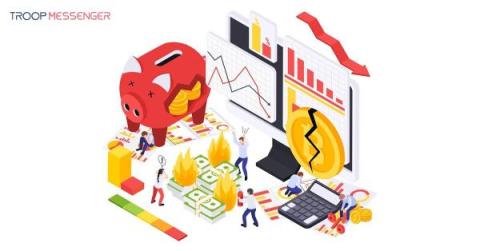Tech Empowerment for Legal Professionals: Harnessing B2B Tech Products for Productivity Gains
People often think the law industry doesn't like new technology. But, legal tech (technology made for law) has started to change this view in recent years. B2B tech products appeared to change lawyers' perceptions about productivity, streamlined processes, and client outcomes. How exactly is technology helping lawyers improve their work? Let's figure it out.











